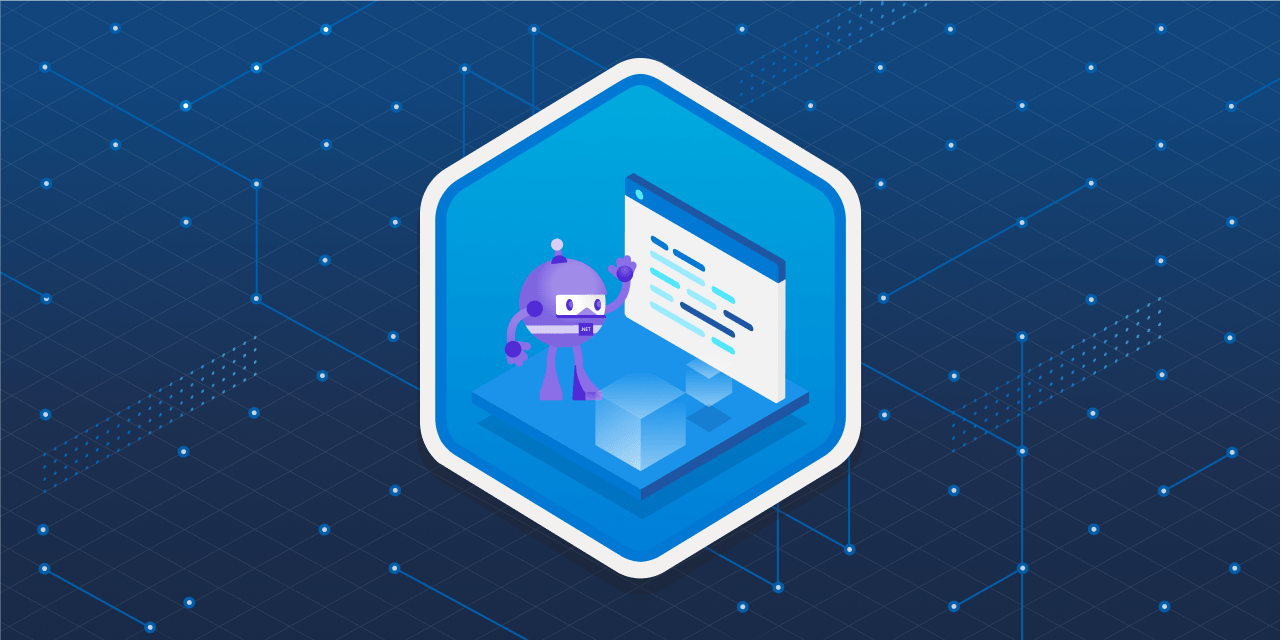In the world of web development, APIs (Application Programming Interfaces) play a crucial role in enabling communication between different software applications. Traditionally, building APIs in .NET required setting up controllers, configuring routing, and handling a fair amount of boilerplate code. However, with the introduction of Minimal APIs in .NET 6, Microsoft has simplified this process significantly.

Minimal APIs offer a streamlined, lightweight approach to building HTTP APIs with less code and faster setup, making it easier for developers—especially beginners—to get started quickly. Whether you’re building a small microservice or a simple backend, Minimal APIs can help you deliver efficient, maintainable web services without the overhead of a full MVC framework.
In this beginner’s guide, we will demystify Minimal APIs in .NET by explaining what they are, how they work, and how you can create your very first Minimal API application from scratch. By the end, you’ll have a solid foundation to start building modern, performant web APIs with .NET.
What Are Minimal APIs?
Minimal APIs are a simplified way to build HTTP APIs in .NET, introduced starting with .NET 6. Unlike traditional ASP.NET Core APIs that rely on controllers, action methods, and extensive configuration, Minimal APIs allow developers to create endpoints with minimal code and setup. This approach reduces boilerplate, making it easier and faster to develop lightweight web services.
At their core, Minimal APIs use a more functional programming style where you define routes and their handlers directly in the program’s main entry point. This makes the code easier to read and maintain, especially for small or straightforward APIs. Despite their simplicity, Minimal APIs are fully capable of handling complex scenarios, including dependency injection, middleware, and model binding.
This approach is particularly useful for microservices, small backend applications, or prototypes where speed of development matters. Minimal APIs can also be a great starting point for beginners to get hands-on experience with .NET web development.

If you are interested in integrating APIs with mobile apps, for example, to support features like real-time betting or gaming, you might want to check out reliable resources such as a trusted 1xbet apk download to explore how APIs interact with mobile platforms securely and efficiently.
Key Features of Minimal APIs
Minimal APIs come packed with features that make building web services in .NET faster and more efficient, especially for simple or microservice applications. Here are some of the key features that set Minimal APIs apart:
Lightweight and Concise Syntax: Minimal APIs allow you to define routes and their handlers in just a few lines of code without the need for controllers, attributes, or extensive configuration files. This keeps your code clean and easy to follow.
Fast Startup and Performance: Because of their reduced overhead, Minimal APIs often start faster and can deliver better performance, which is ideal for scalable microservices and serverless applications.
Built-in Dependency Injection: Even with their simplicity, Minimal APIs fully support .NET’s powerful dependency injection system, enabling you to inject services like logging, database contexts, or custom business logic seamlessly.
Flexible Routing: Minimal APIs support flexible routing patterns, including route parameters and query strings, making it easy to build RESTful endpoints.
Middleware Support: You can integrate middleware components such as authentication, authorization, CORS, and error handling just like in traditional ASP.NET Core apps.
Automatic OpenAPI (Swagger) Integration: Minimal APIs have built-in support for generating API documentation via OpenAPI, which helps with testing and client generation.
For developers looking to create mobile-friendly APIs, understanding these features is essential. Many mobile users access services through apps like those available via 1xbet mobil indir, which rely on robust, efficient APIs for real-time data and interactions. Building APIs with these features ensures smooth and responsive user experiences across platforms.
Adding Routes and Handling Requests
Once you’ve set up your basic Minimal API, the next step is to add multiple routes and learn how to handle different types of HTTP requests. Minimal APIs allow you to define endpoints for GET, POST, PUT, DELETE, and more with very simple syntax.
Defining Routes
In Minimal APIs, routes are defined directly on the app object using methods like MapGet, MapPost, MapPut, and MapDelete. Each method takes a route pattern and a handler function that processes incoming requests.
For example, here’s how to add some common routes:
app.MapGet("/hello", () => "Hello from GET!");
app.MapPost("/submit", () => "Data submitted via POST");
app.MapPut("/update", () => "Update received via PUT");
app.MapDelete("/delete", () => "Delete request processed");
Using Route Parameters
You can capture dynamic values in the URL using route parameters. For instance, to get a user by ID:
app.MapGet(“/users/{id}”, (int id) => $”User ID requested: {id}”);
When you navigate to /users/42, the response will be: User ID requested: 42
Working with Query Parameters
Minimal APIs also let you access query parameters easily by including them as parameters in the handler function:
app.MapGet(“/search”, (string term) => $”You searched for: {term}”);
Accessing /search?term=dotnet will return: You searched for: dotnet
Returning JSON Responses
By default, Minimal APIs serialize objects to JSON when you return them from handlers. For example:
app.MapGet(“/product”, () => new { Id = 1, Name = “Laptop”, Price = 999.99 });
This will return a JSON response with the product details.
By mastering routes and request handling, you can build flexible APIs that respond to different client needs efficiently. The simplicity of Minimal APIs lets you define all of this quickly, reducing boilerplate and improving readability.
Ready for the next step? We can dive into using dependency injection with Minimal APIs next!
Registration Open – Angular Online Training
Session Time: 8:30 PM – 10:00 PM IST
Advance your career with our expert-led, hands-on live training program. Get complete course details, the syllabus, and Zoom credentials for demo sessions via the links below.
